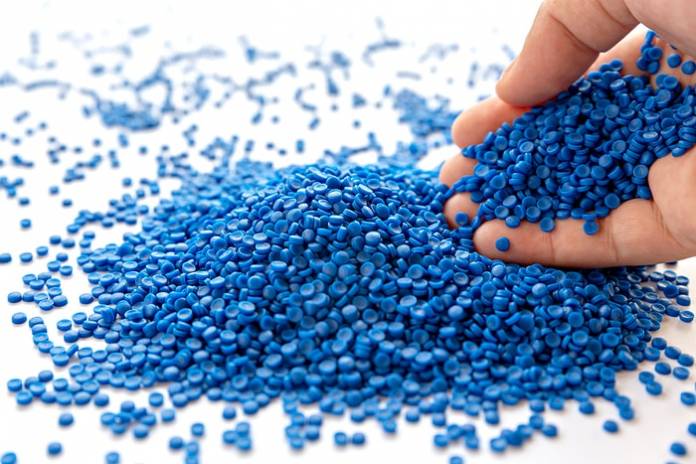
Plastics surround us in our clothing, homes, and transport
In recent years, the problems with plastic pollution have given the substance a very bad name, but many would argue the benefits plastic brings to our lives far outweigh the drawbacks.
Plastics are an integral part of modern life. Much of our clothing, home furnishings, transport, and tools contain (or are made entirely from) the material. The material is a core component in a vast array of items in our homes – everything from our TVs to vacuum cleaners and kitchen utensils.
Why is the use of plastic so widespread?
There are countless reasons why plastic is used so widely. The substance is tremendously versatile, making it the ideal choice for manufacturing. The main reasons for using plastic include:
Cost: Plastic is cheap and efficient to produce.
Versatility: Plastics can be molded and shaped using specialized tools meaning they can be built specifically for the purpose. They can also be welded together using tools like plastic welding, making them ideal for bespoke manufacturing projects. There is also a vast array of different types of plastic, suitable for almost any use.
Durability: Plastics are extremely hard-wearing and durable. Unlike other many substances, they don’t suffer from corrosion – though they can be adversely affected by UV light or solvents.
Plastic in clothing and wearables
Although many people don’t realize it, plastic is contained a huge amount of common clothing items. If you wear anything made from (or containing) polyester, you’re wearing a form of polymer plastic. In recent years, the use of polyester in our clothing has skyrocketed and eclipsed the previously most-popular material, cotton.
In addition to clothing, plastics are also a common component of many other wearable items – for example, glasses, jewelry, and hair accessories. They’re also widely used in the production of many types of footwear, and most watches feature at least some plastics – either outside or in the inner mechanisms.
The use of plastic in transportation
Plastic is used in every form of transport – from planes, trains and automobiles to even space shuttles and skateboards. All make extensive use of the material. It is common on the inside and outside of most vehicles and is used extensively in seats/seat covers, door/interior paneling, instruments/steering wheels, and coating surfaces. It might be strange to consider, but there are significant amounts of plastic in the satellites orbiting the earth.
Applications of plastic in the home
Plastics are used widely in our home furnishings and audiovisual equipment – everything from your surround sound speakers to your TV and stereo likely have at least some level of the substance either outside or inside.
Plastic is also widely used in the production of furniture – either in the form of outer coverings or for foam fillers. It’s used in the manufacture of ornaments, kitchen utensils, flooring, counters, and chairs. Even your cellphone contains at least some plastic. The food in your fridge or freezer will likely be wrapped in film or contained in specific tubs or coated card. Plastic is so widespread in our homes; it’s almost impossible to imagine modern life without it.
The downsides
Plastic’s greatest strength – namely it’s durability and longevity – is also its biggest weakness and the reason many detractors argue we should make less use of the material.
As a substance, it is incredibly difficult to dispose of successfully. In recent years, great efforts have been made to find ways to recycle our plastics, but there is still some way to go before we could consider it an environmentally-friendly substance.
Still, our lives would be almost unrecognizable without plastic, so the negatives have to be tempered with the multiple positives. It would be a very different world with plastic manufacturing.











